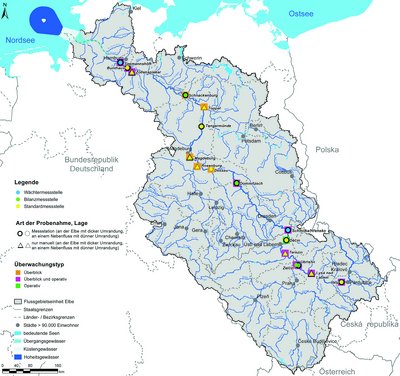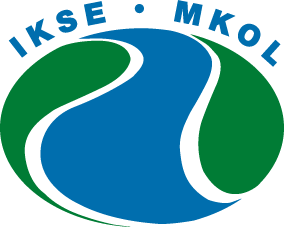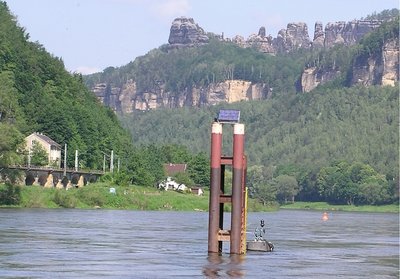International Monitoring Network and Monitoring Programme
The first international monitoring programme with 63 parameters was set up for the year 1992. The individual parameters are analysed in the components in which they can be found in relevant concentrations. Apart from the analysis of the water phase, routine tests of suspended sediments were introduced the first time in 1996. Since 2007, the International Elbe Monitoring Programme has been a part of surface water monitoring according the article 8 of the Water Framework Directive.

International Elbe Monitoring Programme
The International Elbe Monitoring Programme 2023 currently comprises the analysis of 215 parameters in the water phase and 69 parameters in suspended sediments. The biological part of the monitoring programme comprises 9 parameters and in the part for biota are analysed 35 parameters.
Since 2019, the International Elbe Monitoring Programme has been compiled according the Monitoring Strategy of the ICPER.
The regular analysis of the Elbe water quality based on a coordinated international monitoring programme makes it possible, among other things, to detect conspicuous substance discharges. For example, the Schmilka/Hřensko monitoring profile detected an increased haloether concentration in water in the Elbe in 2005 and in 2015, an increased values of polychlorined biphenyls (PCB) in suspended sediments in 2015, and an increased values of the parameters HCB, p,p' DDx and HCB in May 2019.
International monitoring network

The water quality within the framework of the International Elbe Monitoring Programme 2023 is monitored at 15 monitoring profiles (10 directly at the Elbe and 5 at tributaries). These monitoring profiles are places of surveillance monitoring according to the Water Framework Directive and provide an overview of the current situation of the Elbe River basin district.
At the monitoring profiles equipped with monitoring stations, some parameters such as water temperature, pH, electric conductivity, dissolved oxygen and water flow are continuously monitored. In order to determine the other parameters, samples are taken automatically and analysed in laboratories.






